The Jaguar Eagle E-Type is widely regarded as one of the most important and pretty sports cars of all time.
Yet it’s hard to fathom the effect this British machine had on the world in 1961, when 70mph was rapid for the average family runabout, never mind the claimed 150mph the E-Type could reach.
At its launch at the Geneva Auto Salon in March 1961, the E-Type not only stole the show but every headline. Enzo Ferrari described the Jaguar as the most beautiful car in the world, and few many regard the original Coupé and Roadster models as perfect from every angle.
However, Jaguar nearly only had one E-Type on display at the Geneva show. Sir William Lyons, the founder and boss of Jaguar, ordered a second to Geneva only days before the show. This meant a last minute dash from Coventry to Geneva in an E-Type Roadster by Norman Dewis, Jaguar's now renowned test driver.
The story of the E-Type started long before this legendary eleventh-hour dash, though. It’s clear to see D-Type Le Mans racer's influence on the E-Type's lines the E-Type’s lines, and the 3.8-litre straight-six engine was sourced from the XK.
However, the lesser known E1A prototype of 1957 is where the E-Type’s story really begins. The Malcolm Sayer styled E1A was smaller than the final production E-Type and had a 2.4-litre engine, but it showcased the new independent rear suspension design that went on to be a hallmark of Jaguar models for four decades.

Subsequent prototypes refined the E-Type's shape and dimensions, and the car grew larger as Lyons recognised the American market's importance.
By the time the E-Type was unveiled in 1961, it had a 265bhp 3.8-litre engine and four-speed manual 'box. A claimed top speed of 150mph was a little optimistic for standard production versions, but with a list price of £2097 for the Roadster and £2196 for the Coupe, no-one seemed to care - it was half the price of its more exotic rivals.













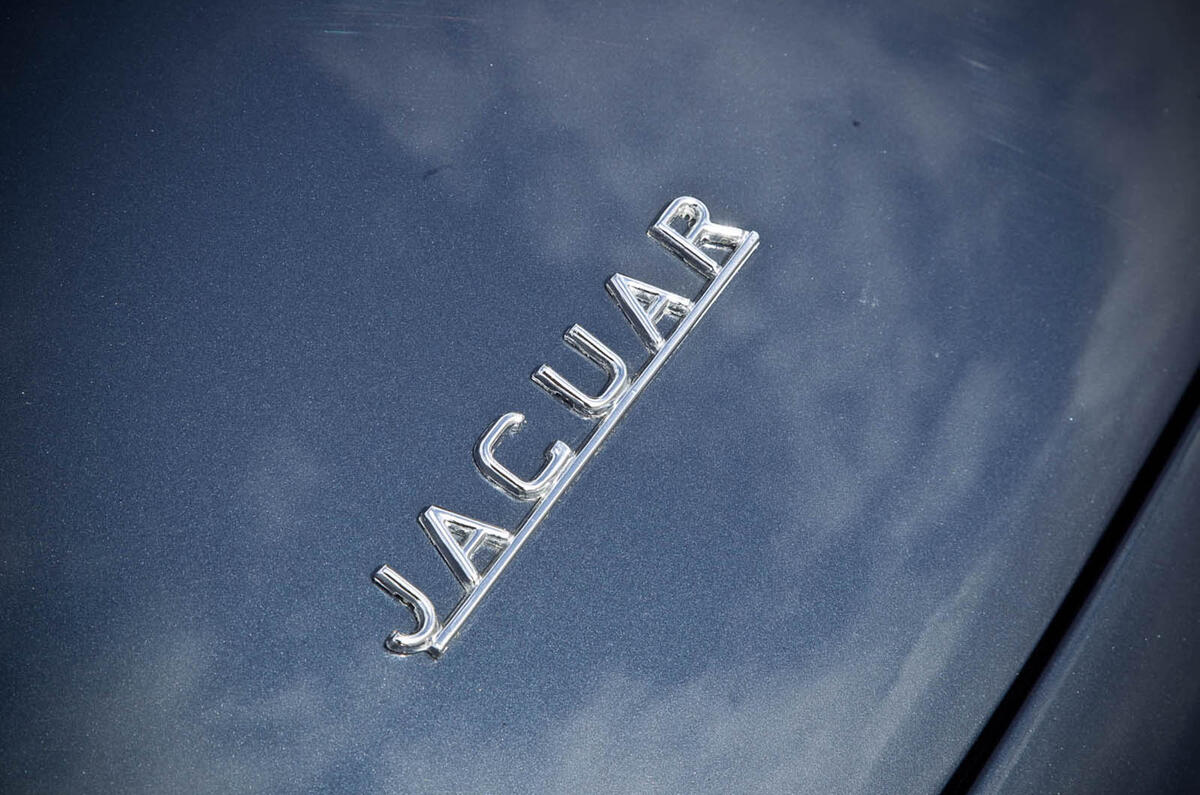




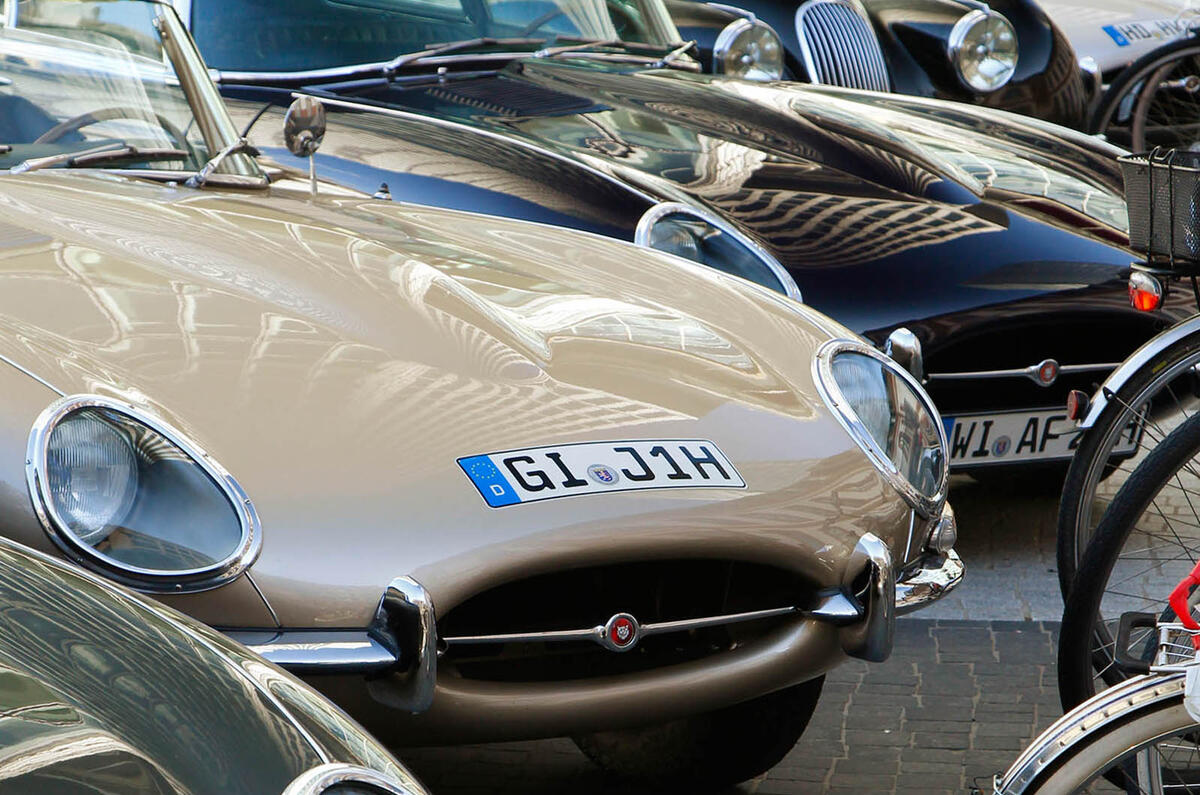























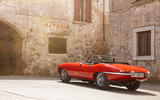



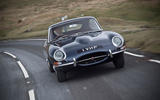




















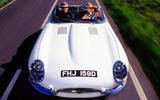
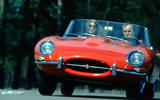










Join the debate
Add your comment
Not perfect
All in the mind
At the time of it's launch,